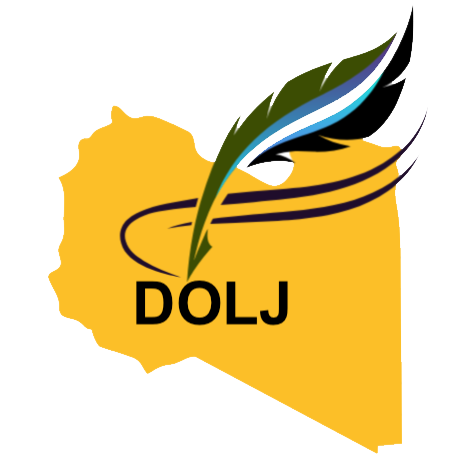The February 17 Revolution between the causes and obstacles to change” A diagnostic study of the situation of the Libyan revolution
DOI:
https://doi.org/10.54172/dvrhkp28Keywords:
Reasons and drivers of change, obstacles to change, political exclusionAbstract
Libya, like its neighbors Tunisia and Egypt, experienced the effects of the Arab Spring in 2011. After the fall of Gaddafi's regime, Libyans are still working to rebuild their country. However, the process has been slow and faced challenges such as weak institutions, security breaches, violence, extremism, corruption, and unemployment. Political divisions have further complicated the situation. National reconciliation and social justice are crucial for Libya to achieve security, development, and prosperity. The study examines the causes of change, obstacles to state-building, and offers potential solutions.
Downloads
Published
Issue
Section
License

This work is licensed under a Creative Commons Attribution-NonCommercial 4.0 International License.
Copyright of the articles Published by Almukhtar Journal of Social Science (MJSSc) is retained by the author(s), who grant MJSc a license to publish the article. Authors also grant any third party the right to use the article freely as long as its integrity is maintained and its original authors and cite MJSSc as the original publisher. Also, they accept the article remains published by the MJSSc website (except in the occasion of a retraction of the article).













